Manchester is not a city that many people would consider to be a resort destination, neither is Greenwich – Blackpool is, but it is a resort that has suffered at the hands of many ‘get rich quick’ barons who care little about tacky signs on shops, external building maintenance, litter, and gangs of roaming stag and hen parties staggering along the town’s streets. Blackpool is partially a victim of its own success, it’s ‘kiss me quick’ image is now very out of date. The town has also reached a stage where too many of its clientele are gangs of young men in football shirts that are hell bent on a hedonistic weekend where the agenda may include a skin full of alcohol, abusive language, a kebab, possibly a fight, if they’re lucky an encounter with a lady - and if they’re not a vomit. There are plenty in Blackpool who would argue that this is only a small minority of visitors to the town, and there are some who are aware of this and have seen it happening for a long time, but would rather bury their heads in the Blackpool sand than do something about it. This type of image undoubtedly puts some people off of visiting the town, which has contributed to areas of urban decay and dereliction. Blackpool had a glorious past, and it is a shame that the town has faltered – but it is not alone, many other English seaside towns have suffered the same fate, and the behaviour of a particular segment of visitors to these towns is not the sole reason for their demise. Cheap and more accessible foreign holidays – often where the pound can stretch further, the rise of budget airlines, the unpredictability of the British climate, changing fashions, and globalisation (which contributes to a broadening of horizons) are all factors also. The best possible future for many of our seaside destinations will not be as huge resorts, but will be as smaller more humble towns that attract a more discerning clientele. This may mean down-sizing in some cases, but it is quality not quantity that could be the key to future success.
The Casino Advisory Panel (CAP) have not been convinced that a casino could regenerate Blackpool as a resort, and in fact they may just be right. A safer gamble to the regeneration of much of Britain’s seaside resorts is leisure rather than entertainment, and culture rather than glitz. Leisure undertakings are participative by visitors rather than passive, and entertainment is passive i.e. often where visitors are sat in an audience or being enthralled by somebody or something. The entertainment on offer at our seaside resorts, is perceived as out dated by many, and often does not attract enough people – particularly high spenders. But an increased societal emphasis on the benefits of physical activity means that leisure has a potentially bright future – albeit in the right places. There is scope at many seaside resorts to convert derelict and brown belt areas back to nature, with more parkland, conservation areas, and golf courses – which in turn may attract a greater proportion of higher spending visitors. In terms of culture, many of our seaside resorts have taken on a homogenous culture where one and all have become the same often tacky fish and chips by the sea experience. By taking a step back to the heritage and culture of a seaside town before mass tourism took place, it is possible to re-brand and market a destination based upon its background rather than just the fact that it is by the sea. This has been the case at Rothesay which now markets itself as a Victorian town to walkers, cyclists and sailing enthusiasts. Even Blackpool’s East Coast rival Scarborough promotes its ‘coastal walks, kids activities, parks, museums, galleries, landmarks, sport, outdoor activities and more’ (Thisisscarborough.org, 2007). Blackpool may be wise to concentrate its efforts less on its night-time entertainment, and more on it’s day-time leisure, heritage and culture.
The case for Greenwich was unfortunately tainted by revelations in the media about John Prescott’s visit to the American ranch of Phil Anschutz, the developer of the Millennium Dome (now known as the O2) that was to be the site of the Greenwich casino. The Millennium Dome site has been dogged with controversy since its inception, it was thought by many that its transformation into a regional casino resort would prove pivotal in reviving its fortunes. It’s short term future now looks secure as little more than a venue for the 2012 Olympics. The allegations of corruption and sleaze that accompany such revelations would have made Greenwich simply the wrong choice to make. The Government simply could not afford to have chosen a location that the public would not support, as the building of Britain’s first regional super casino is already a contentious issue. There is currently no evidence to support whether or not a regional casino will lead to urban regeneration and an improved society anyway. Fear of increased gambling addiction, drug usage and prostitution make the building of these casinos highly contentious, so the choice for the winning bid needed to be one that would not meet with the general publics disapproval.
In Atlantic City on the East Coast of the USA, casinos were first built thirty years ago in a bid to improve the fortune of the city – they achieved this for a while, but drug usage, prostitution and urban decay is still rife. Many critics of the Atlantic City casinos argue that a proportion of casino clientele have exacerbated the city’s drug and prostitution problem. With that in mind the city of Manchester may also seem to be a strange choice of location, given the city’s already negative image in terms of gun, drug and gang culture.
The Manchester Bid is for an area of the town known as ‘Sportcity’ which is home to the largest ‘cluster’ of sporting facilities in the UK, which is a legacy of the Commonwealth Games that were held in Manchester in 2002. The area has already experienced some regeneration, with the construction of a large shopping centre, and the ‘B of the Bang’ sculpture. The Manchester bid was seemingly the best bid, and convinced the CAP that their bid would most effectively tackle deprivation and aid regeneration. The city already has three small scale casinos, the regional casino will dwarf these generating an estimated revenue of £100m per year. It is also estimated that it will create between two and three thousand jobs, with many local firms benefiting from the building of the casino as well as surrounding retail, entertainment, leisure and residential complexes. The societal impacts of this casino will not be known for a number of years, the smaller casinos will undoubtedly suffer, as will other local leisure and entertainment venues that will all be competing for a share of consumers’ disposable income. Whether crime and anti-social behaviour will increase is not known at this stage but this will be a test for other regional casino licenses being granted. If another regional casino license is granted in future years it is unlikely to be Blackpool that is chosen due to its close proximity to Manchester (approximately 50 miles), and the Greenwich site will most likely be taken over for Olympic usage until after the 2012 games, but it is likely that after the games it too could become a regional casino. My own bet for the UKs next regional casino is Glasgow – which missed out this time around, but will undoubtedly come back as a near front runner in the future. As for Blackpool the best it can now hope for is a ‘large’ casino license as was granted to several other British towns and cities including Great Yarmouth, Hull, Newham, Middlesbrough, Solihull, Milton Keynes, Leeds and Southampton.
Great Yarmouth which like Blackpool is a seaside town that has seen a decline in fortunes, has two possible locations, the town centre Marina, and an area of waste ground next to the Pleasure Beach. The town centre site would keep the casino at the heart of the resort, but the Pleasure Beach site may prove to be the most suitable due to its location away from the town centre, which would provide it with ample developmental room and parking.
As predicted in my blog entry last October, the former site of nightclub Majestyk in Leeds City Square will be the location of the Leeds large casino.
The de-regulation of the Gambling Act is set to transform the future of entertainment nationwide – only time will tell if this is to the benefit of society as well as to the bank balances of casino operators.





 A meerkat
A meerkat 




 Above, the girls get to grips with some of Tropical World's residents.
Above, the girls get to grips with some of Tropical World's residents.


 The seats, and screen covered with the curtain - the clock is to the right of the screen
The seats, and screen covered with the curtain - the clock is to the right of the screen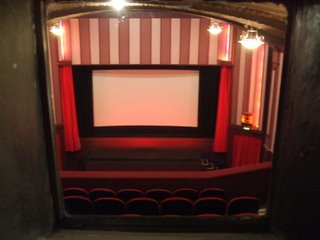






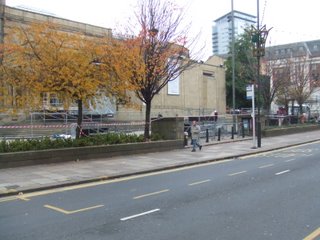










 A variety of galleries and displays
A variety of galleries and displays









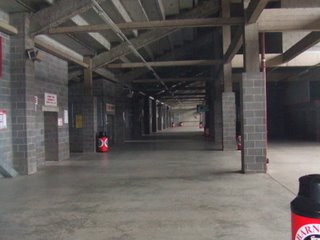

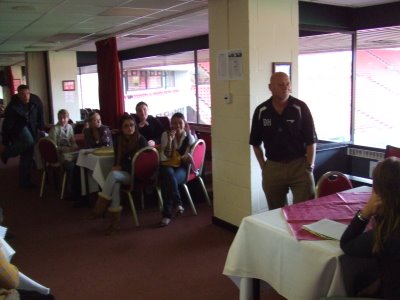 DH addresses the group
DH addresses the group
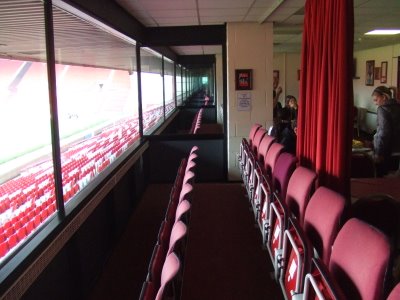
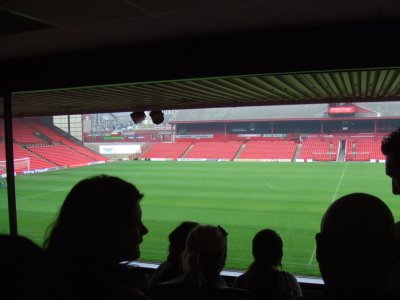

 The Academy dressing room - top the walls are adorned with motivational words, below DH gives the group a team talk.
The Academy dressing room - top the walls are adorned with motivational words, below DH gives the group a team talk.

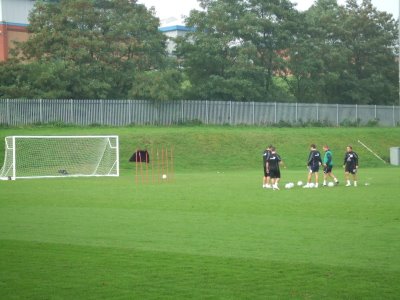 The first team in training
The first team in training The indoor academy pitch
The indoor academy pitch